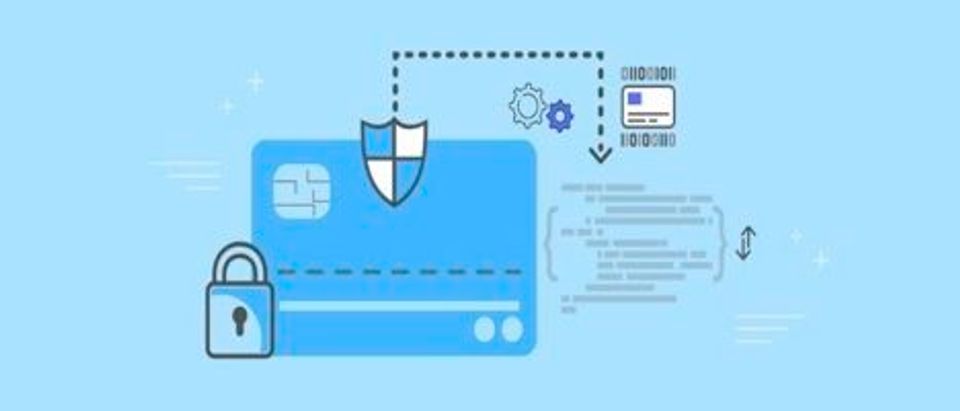Around the time of Ancient Egypt, encryption had its roots going back to around 500 years ago, but its digital variant appears to be on par with the first computers from a similar period. It was in 1977 that the first encryption standard was authorized. To take advantage of the latest advances in technology, all forms of data encryption had to be analyzed, revised, and updated after a new standard was adopted in 2005. To prevent fraud, the methods employed by encryption software must be reevaluated with each new technological revolution as hackers gain greater computational power to decode the information within digital keys, making it harder for them to detect the data.
It is essential to ensure that all of your Internet traffic – including emails you send to friends, search terms you enter into search boxes, and bank account information you enter during transactions – is encrypted to minimize security threats. However, encryption is widely used in almost all sectors related to Information Technology such as Banking, Military, Intelligence agencies and even in online games such as Bet to safeguard user information. There are a lot of problems today for a person or a corporation with hundreds of servers facing cyberattacks, data leaks, and chargeback scams, but these are just the beginning. If you haven’t heard about it, data breaches now pose as much of a threat to financial institutions as robberies.
In addition to the distressing effects, data leaks can have on people’s psychological well-being, it can be very costly for hacked companies to repair their damaged reputations, which can result in billions of dollars being spent. It is estimated that by 2021, 60% of businesses will experience security difficulties due to unencrypted data in their traffic, 67% will suffer due to unencrypted cloud services, and 44% will suffer due to unencrypted databases.
How does tokenization work?
It was described in Tokenization Definition. The system used is more useful than it may appear that the system used to tokenize an account number or other critical information is replaced with random alphanumeric characters to save time and money as a result of the process. In tokenization, random characters are used without a key, unlike encryption, which can be reversed and returned to plaintext when reversed. Data security can be ensured by replacing original data with meaningless signs instead of using a breakable encryption scheme. The tokens themselves have no value, which reduces the risk of data theft as a result.
To get the original data back, a hacker will have to go through additional security measures to get it back. A cryptographic token is a representation of actual data. Payment card tokenization is one of the most secure payment processing technologies available, and it is a requirement of the Payment Card Industry. Considering the constant evolution of the cyber security industry, engineers have devised a variety of solutions, including:
- Pass-through tokenization system
- Tokenizing payment services
- A gateway tokenization system
There are two types of tokenization, in general, the traditional and the randomized token, which is used to store the original customer information once it has been taken from an organization’s internal system and exchanged for a randomized token that does not contain sensitive information. To provide a more secure tokenization approach, faultless tokenization entails using cryptographic devices powered by algorithms that transform sensitive information into no sensitive information and vice versa to create a safer tokenization approach. It is also possible to encode them without using any token vault databases to do so.
Process of Tokenization
Tokenization has some exciting advantages, such as its convenience since it is a payment processing mechanism that can be used on mobile devices and the security considerations associated with its use, making it very convenient and secure simultaneously. Consequently, the concentration of fintech businesses on the mobile side of banking is primarily driven by social demand and the industry’s natural shift towards Smartphone transactions over time. Ordering a pair of Apple headphones through the company’s website might be a good idea. As soon as you reach the payment page, you will be required to enter sensitive data, including your credit card number, expiration date, as well as the name of the cardholder.
It will bypass the token vault by sending your data to the merchant’s bank, which will be converted to a randomized token and sent to the credit card network, where it will be decrypted along with the account number. The professionals at the issuing bank will either approve or deny the transaction based on your account balance when you present your information. The token will be sent to the merchant once all the details have been verified. Due to this, Apple is unaware of your credit card number since it has been substituted with a permit obtained from the provider’s server.
Members of the editorial and news staff of the Daily Caller were not involved in the creation of this content.


